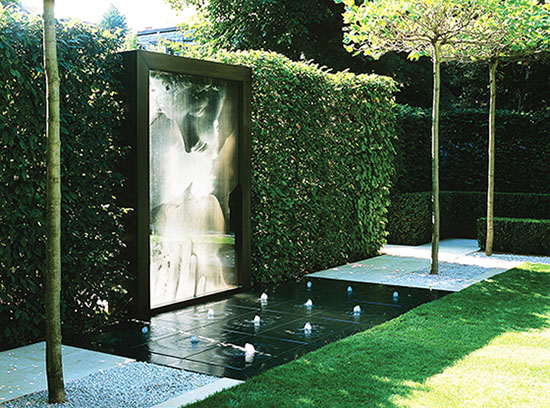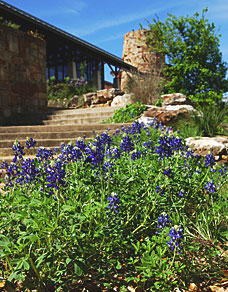 Whether you’re looking for someone to build your new greenhouse foundation or planning an entire garden makeover, there comes a time when you need skilled help beyond DIY. So how do you go about choosing the right person for the job?
Whether you’re looking for someone to build your new greenhouse foundation or planning an entire garden makeover, there comes a time when you need skilled help beyond DIY. So how do you go about choosing the right person for the job?
Robert Kirtley is the man who knows. He’s an award-winning landscape contractor who now works as an advisor and an industry judge for programs like the annual statewide beautification awards of the California Landscape Contractors Association. I asked Robert what a homeowner should look for when talking to prospective contractors.
Give yourself a choice. Just because your neighbors are crazy about the people who did their work, doesn’t mean you shouldn’t shop around. “These projects are the result of collaboration between design professionals, the homeowners, and contractors,” Robert says. Go with a person you feel listens to you. Look at portfolios and point out what you like. “Everyone needs to know what you’re looking for.”
Hire the contractor, not the salesman. When you’ve narrowed your selections, ask to see examples of their work. And not just new installations. Ask to see jobs that are at least two or three years old. Robert says, “If a builder has skimped on soil prep or used improper planting techniques, that’s when it will show.” Robert remembers judging an elaborate series of waterfalls and pools where the builder had used cultured stone—not a material made to be consistently wet. “The stone was already deteriorating, growing fungus and mold.”
Request recommendations. Ask to speak with the same homeowners whose gardens you saw.
Why? Because unscrupulous contractors sometimes pass off others’ work as their own. Robert says, “It happens more often than you’d think.”
Get practical. When Robert judges, he focuses on the details. He notices grading—“Does the garden  have a two percent positive slope away from the house?” If it doesn’t, and the lawn comes down toward a patio, is there a drain to catch surface water? He looks to see whether the sprinkler heads are tucked into the ground and not standing above the soil. Are the valve boxes hidden or in plain view? In heavy clay, are the trees and shrubs planted with a slight rise to insure better drainage? Do new trees still have the same tight nursery supports or are they carefully staked to allow movement for strength and growth?
have a two percent positive slope away from the house?” If it doesn’t, and the lawn comes down toward a patio, is there a drain to catch surface water? He looks to see whether the sprinkler heads are tucked into the ground and not standing above the soil. Are the valve boxes hidden or in plain view? In heavy clay, are the trees and shrubs planted with a slight rise to insure better drainage? Do new trees still have the same tight nursery supports or are they carefully staked to allow movement for strength and growth?
Look for the beautiful. “There’s a certain aesthetic you should also consider,” Robert says. “The best contractors always combine function with beauty.”










